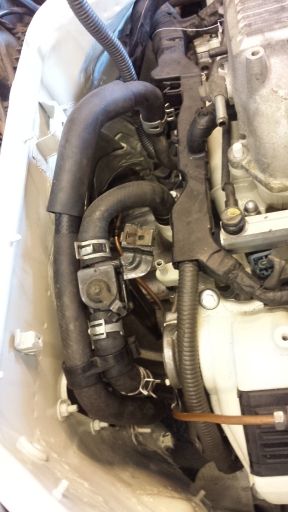Thanks Mike. That may be 100% correct John, but the fact remains a statement has been made that putting a vent in the nose panel results in zero airflow directly behind it, zero cooling effect on the top of the radiator (my oil cooler area) and is a waste of time. Not looking to disprove anyone here, but i'm an old school mechanical engineer, i work with real world data and solve mechanical problems and with all due respect, the internet is full of shit. So when the car is driveable it will have a vented nose panel, and i'll mount my Anemometer directly in front of the oil cooler, drive it at 30mph and also 70mph (road and motorway speeds), the test will then be repeated with the vent duct taped over and i'll video the meter for good measure. That area behind the nose panel is not sealed, let's face it, the radiator would suffer if it was, and driving with 70mph winds entering that vent, there would need to be 70mph winds coming the other way to negate that or a sealed off area to see zero effect.... which i just do not believe. Let's wait for the tests, it's a long way off yet.... so on with the build.











